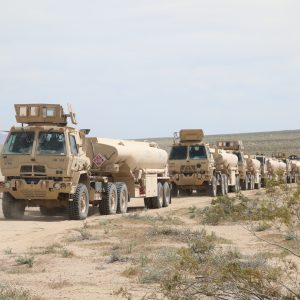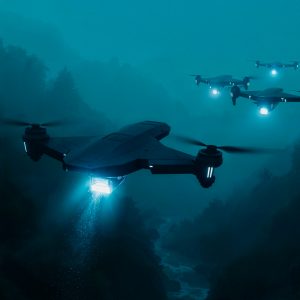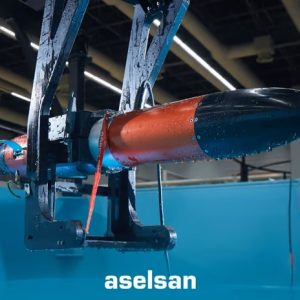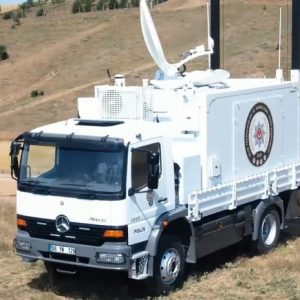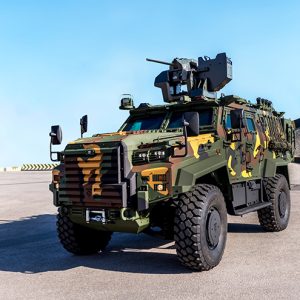B-52 Re-Engining Extends Bomber’s Life to 100 Years
The legendary B-52 Stratofortress, first flown in the early 1950s, is on track to surpass a century of operational service thanks to the U.S. Air Force’s comprehensive modernization program. Central to this effort is the integration of Rolls-Royce’s F130 engines, a re-engining initiative that has now cleared major testing milestones, positioning the aircraft for decades of extended service as the B-52J.
Critical Design Review and Engine Testing
In early 2025, Rolls-Royce, Boeing, and the Air Force completed a Critical Design Review (CDR) for the F130, ensuring testing schedules remain on track. Altitude tests at the Arnold Engineering Development Complex in Tennessee confirmed the engine’s performance in operational conditions. Sea-level tests had previously validated baseline data, strengthening confidence in the dual-pod configuration required for the B-52’s eight-engine layout.
F130 Engine Advantages
The new F130 engine offers 30% greater fuel efficiency than the aging TF33s, reducing operating costs while increasing time on station for missions. Its design eliminates the need for overhauls during its service life, enhancing operational availability. The shift also alleviates logistics challenges by leveraging commercial jet engine supply chains, as the F130 is derived from the BR725 platform.
Producing up to 17,000 pounds of thrust, the F130 significantly outperforms the TF33, while incorporating advanced composites for better weight distribution, reliability, and thermal management. These efficiencies translate directly into reduced maintenance burdens and more resilient mission readiness.
B-52J Modernization Roadmap
Beyond re-engining, the B-52J variant integrates state-of-the-art avionics, digital command-and-control systems, and advanced weapons configurations. Structural reinforcements ensure compatibility with new technologies, while an internal weapons bay upgrade has expanded its arsenal to include smart munitions and potential drone swarm deployment capabilities. These upgrades elevate the B-52J into a modern multi-domain platform capable of conventional and nuclear operations.
Planned integrations include the Long Range Standoff Weapon (LRSO), the upgraded B61-12 nuclear bomb, and directed-energy weapons such as airborne lasers. The modernization effort demonstrates how the Air Force is transforming a Cold War-era platform into a strategic enabler for 21st-century deterrence.
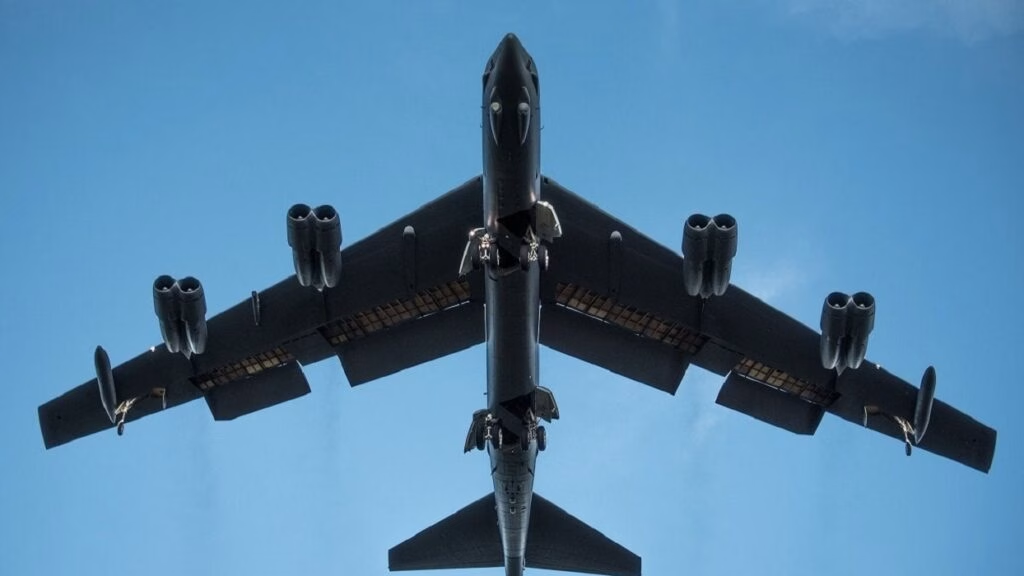
Extending the B-52’s Service Life
Analysts estimate the new F130 engines will add 30 years of operational life, enabling the B-52 to remain viable until at least the 2050s—and potentially beyond. This extraordinary milestone means the aircraft could achieve a century of service, a first in aviation history. While originally built in the Vietnam era, the aircraft’s continuous upgrades have transformed it into a platform almost entirely distinct from its original design.
“Although the B-52 is a Vietnam-era aircraft, today’s B-52J is an almost entirely different machine due to its structural reinforcements, digital avionics, and next-generation weapons integration,” noted a U.S. Air Force program official.
Strategic Impact
The modernization of the B-52 ensures its continued role as a nuclear and conventional deterrence platform, bridging legacy bomber operations with future airpower constructs. As the U.S. prepares for peer-level competition, the enhanced B-52J provides unmatched endurance, mission flexibility, and cost-effectiveness—qualities that newer bomber platforms like the B-21 Raider will complement, but not replace.
The B-52’s re-engining also demonstrates how legacy airframes can achieve unprecedented longevity with targeted investments, serving as a model for future sustainment programs across NATO and allied forces.
Further Reading
- B-21 Raider: Modernizing the U.S. Strategic Bomber Fleet
- USAF Completes F130 Engine Altitude Tests (Defense News)
- NATO: Strategic Air Power
Source: Warrior Maven

